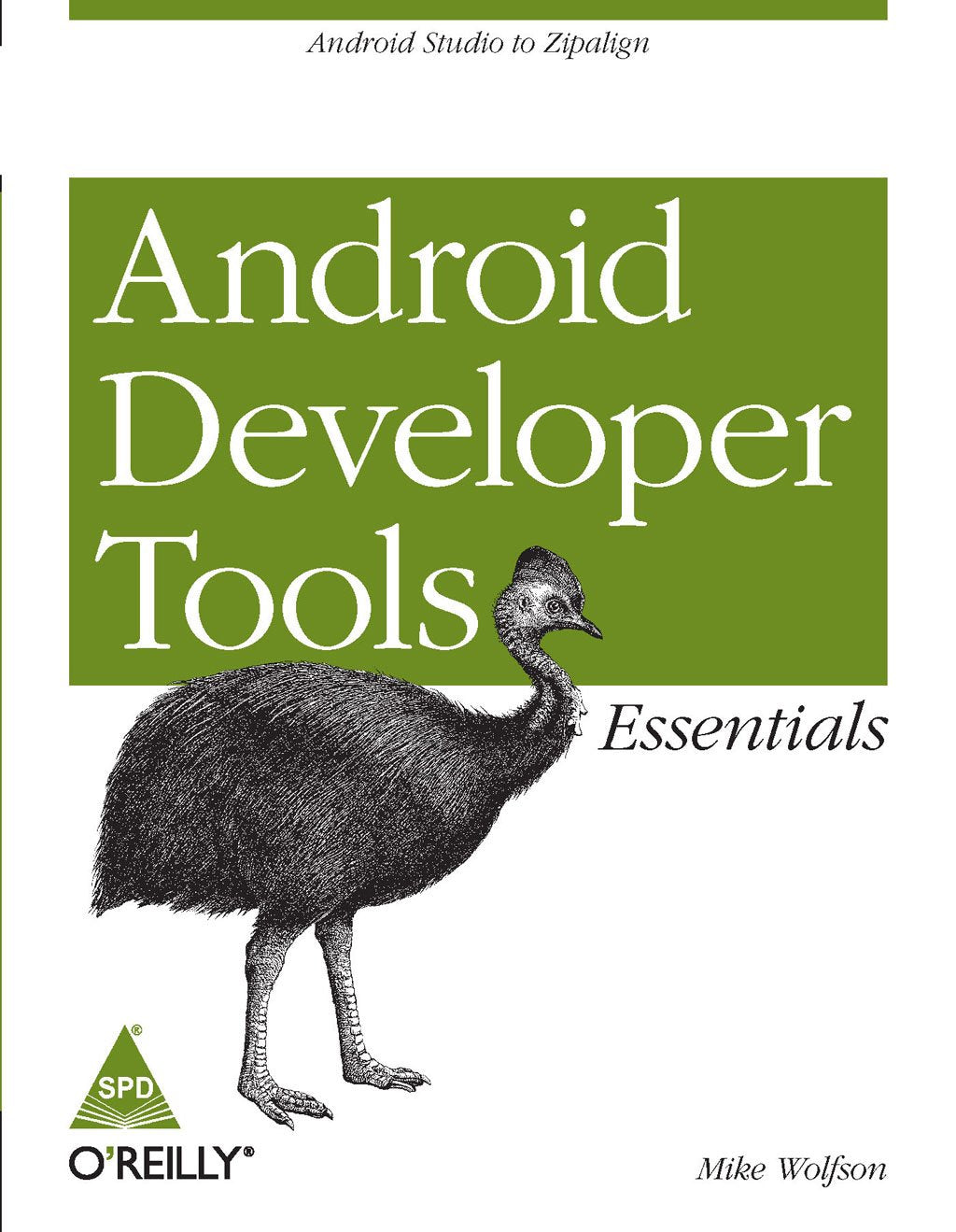1
/
of
1
BOOKZONE
Android Developer Tools Essentials
Author : Mike Wolfson
Binding:Paperback
Publication Date
Publisher :
SKU:9789351102656
Regular price
₹595.00INR
Regular price
₹700.00INR
Sale price
₹595.00INR
Shipping calculated at checkout.
Bulk Discount Get Exta 5% upto 10%
Share

1
/
of
1
"Android development can be challenging, but through theeffective use of Android Developer Tools (ADT), you can make the process easierand improve the quality of your code. This concise guide demonstrates how tobuild apps with ADT for a device family that features several screen sizes,different hardware capabilities, and a varying number of resources.
View full details


